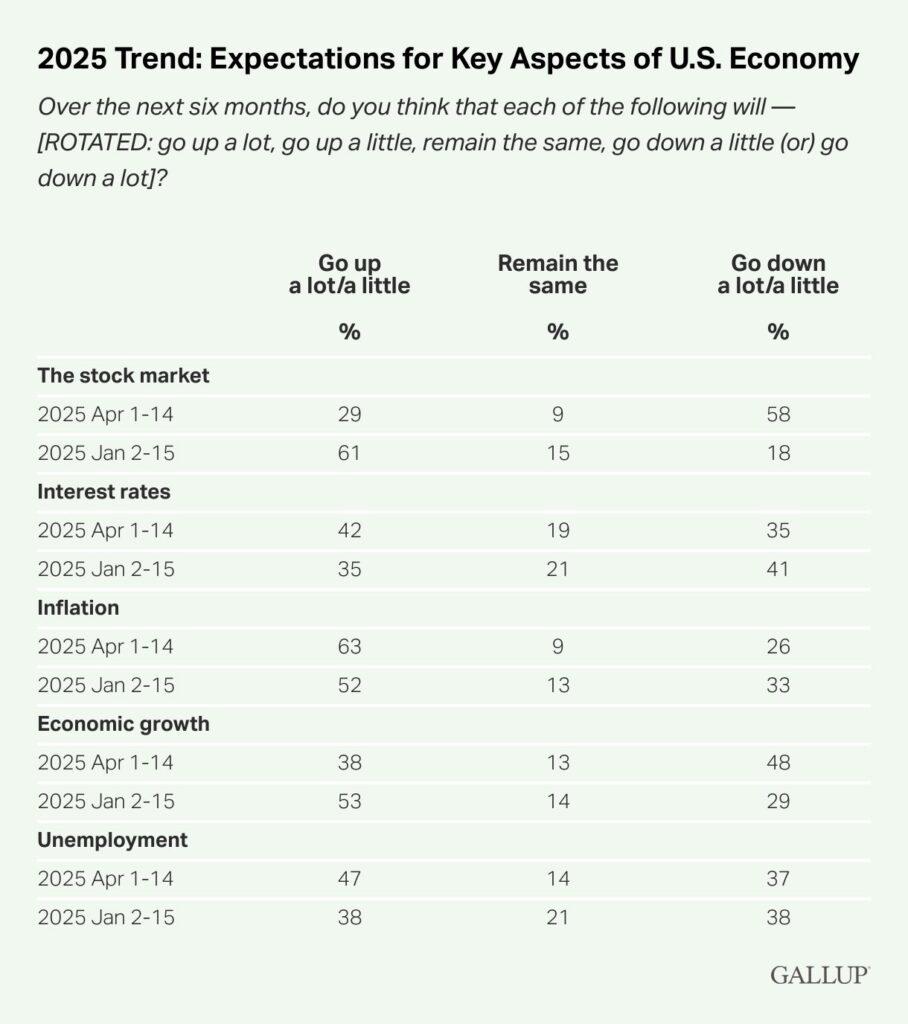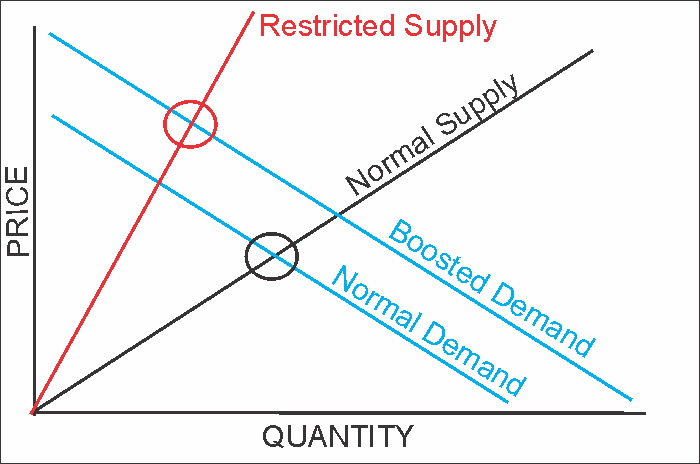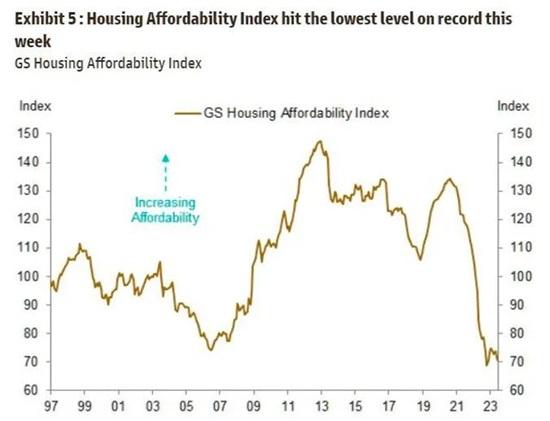We do not like Purchasing Power or Real Effective Exchange Rate (REER) as measurement for currencies. For us, the trade balance decides if a currency is overvalued. Only the trade balance can express productivity gains, while the REER assumes constant productivity in comparison to trade partners.
Who has read Michael Pettis, knows that a rising trade surplus may also be caused by a higher savings rate while the trade partners decided to spend more. This is partially true. Recently Europeans started to increase their savings rate, while Americans reduced it. This has led to a rising trade and current surplus for the Europeans. But also to a massive Swiss trade surplus with the United States, that lifted Switzerland on the U.S. currency manipulation watch list.
To control the trade balance against this “savings effect”, economists may look at imports. When imports are rising at the same pace as GDP or consumption, then there is no such “savings effect”.
After the record trade surpluses, the Swiss economy may have turned around: consumption and imports are finally rising more than in 2015 and early 2016. In March the trade surplus got bigger again, still shy of the records in 2016.
Swiss National Bank wants to keep non-profitable sectors alive
Swiss exports are moving more and more toward higher value sectors: away from watches, jewelry and manufacturing towards chemicals and pharmaceuticals. With currency interventions, the SNB is trying to keep sectors alive, that would not survive without interventions.
At the same time, importers keep the currency gains of imported goods and return little to the consumer. This tendency is accentuated by the SNB, that makes the franc weaker.
Texts and Charts from the Swiss customs data release (translated from French).
Exports and Imports YoY DevelopmentSwiss foreign trade saw a mixed evolution during the first half of 2019. In seasonally adjusted terms, exports fell slightly, still remaining above the 57 billion franc mark. Imports, on the other hand, continued to rise (+1 , 0%) to reach a record level of 51.2 billion francs. The trade balance closes with a surplus of 6.2 billion francs. In short ▲ Record trade with Asia ▲ The flight of exports of precision instruments continues ▼ Exports of machinery and electronics: downward trend since the second quarter of 2018 |
Swiss exports and imports, seasonally adjusted (in bn CHF), Q1 2019(see more posts on Switzerland Exports, Switzerland Imports, ) Source: newsd.admin.ch - Click to enlarge |
Overall EvolutionAfter their rise in the last quarter of 2018, exports of distressed products fell by 0.5% (real: -1.0%) in the first half of 2019. However, they continued to grow at a very high level (57.4 billion francs). Up 1.0% (real: + 0.7%), imports reached a record level of 51.2 billion francs. They are capped at a high level since the first half of 2018. The trade balance is closing with a surplus of 6.2 billion francs. |
Switzerland Trade Balance, March 2019(see more posts on Switzerland Trade Balance, ) Source: investing.com - Click to enlarge |
ExportsThe fall in exports in the first quarter of 2019 can be explained by the contraction of two pillars: the machinery and electronics sector (-1.6%) -which has suffered a negative spiral since the second quarter of 2018 -as well as chemicals and pharmaceuticals (-0, 8%, -238 million francs). The sales of chemistry-pharma, however, continued to evolve at a very high level. After their plunge in the last quarter of 2018, watch exports recovered (+ 0.9%), while precision instruments also rose (+ 1.6%); their turnover has also continuously increased since the beginning of 2017 (+552 million francs in total). In the other goods group, the leap in jewellery (+236 million francs) has the effect of reducing the Decline in total exports. Two of the three main markets saw their demand crumble during the first half of 2019. Sales to Europe were the most affected (-338 million francs), after their performance of the previous quarter. If the turnover with North America has also decreased (-88 million), it still has a clear upward trend since 2017. The decline in Europe was driven by lower exports to Ireland (-44%, chemistry-pharma), the Netherlands (chemistry-pharmaceuticals), France and Italy. Sales to Asia showed a reverse trend. Riding the wave of success for several quarters, they posted a new quarterly peak, to 13.2 billion francs. The turnover with Hong Kong has swelled by 115 million francs while that with Japan passed for the second time the bar of 2 billion francs. |
Swiss Exports per Sector Q1 2019 vs. 2018(see more posts on Switzerland Exports, Switzerland Exports by Sector, ) Source: newsd.admin.ch - Click to enlarge |
ImportsChemistry-pharma stimulates growth at the entrance Three of the five largest sectors advanced in the first quarter of 2019. Imports of chemicals and pharmaceuticals were the most dynamic, led by immunological products (+340 million francs), active ingredients (+311 million) and raw materials and basic (+240 million). This sector continued its momentum of the previous quarter. The imports of the electronic machinery group are set at a record level of 8.2 billion francs (+99 million). Metals have -as the previous period -presented a rise (+17 million) .The vehicles (airliners) and the other goods groups, in particular jewellery (-231 million), however, entered red numbers. In the first quarter of 2019, in terms of geography, imports grew in Asia (+ 4%) and Europe (+ 3%), the two dominant markets. Since early 2017, the Asian partner has also been twice as strong as its European counterpart. Press release4 / 5In the first quarter of 2019, from a geographical point of view, imports grew in Asia (+ 4%) and Europe (+ 3%), the two dominant markets. Since the beginning of 2017, the Asian partner has also been twice as strong as its European counterpart.In Europe, the increase in arrivals from Ireland (+571 million francs, chemistry-pharma) and Belgium (+167 million; -pharma) contrasted with the decline of Germany (-221 million). Asian growth was mainly based on the United Arab Emirates (+525 million, jewellery). The contraction of North America in the previous quarter was further amplified (-8.4%), with shipments falling to their lowest level since the fourth quarter of 2015. |
Download PDF: 1er trimestre 2019 : commerce extérieur à un haut niveau
Full story here Are you the author? Previous post See more for Next postTags: newsletter,Switzerland Exports,Switzerland Exports by Sector,Switzerland Imports,Switzerland Imports by Sector,Switzerland Trade Balance








































